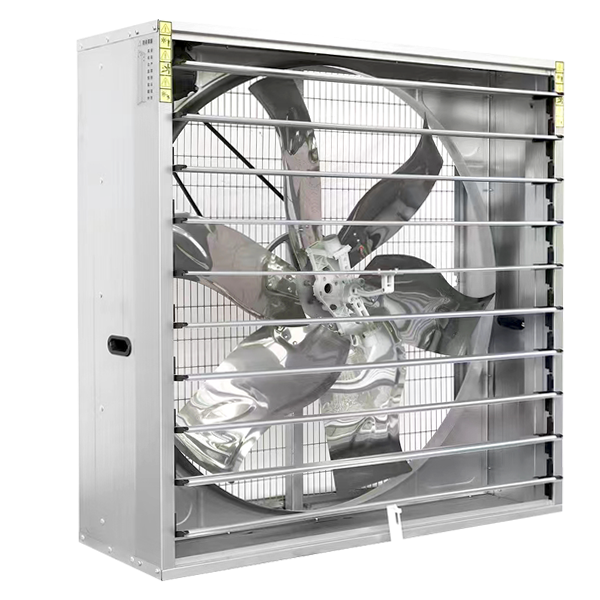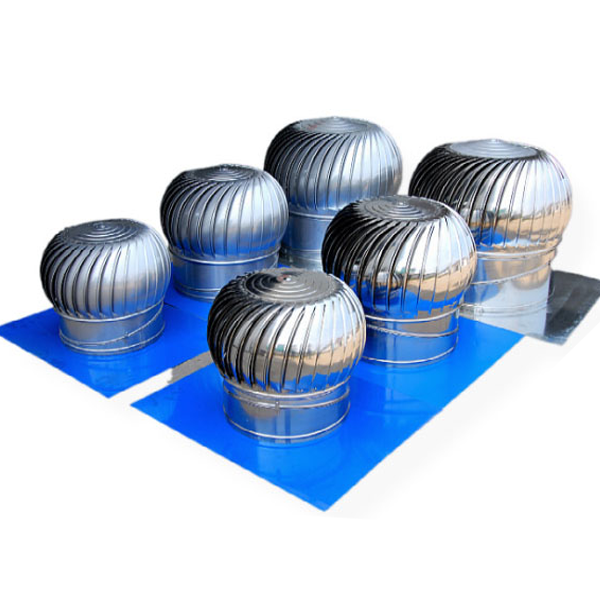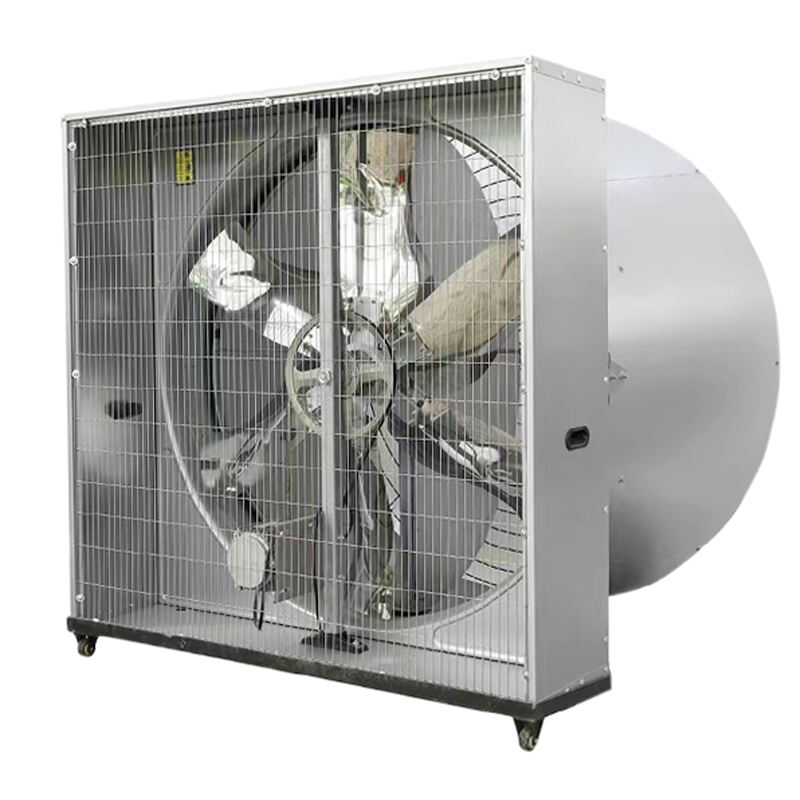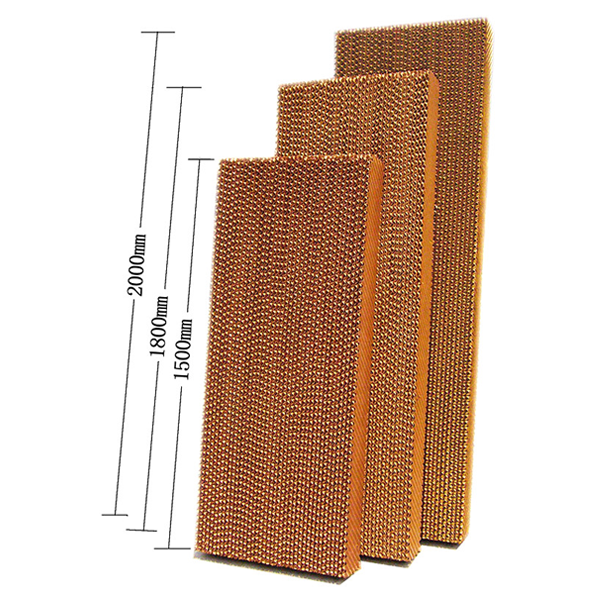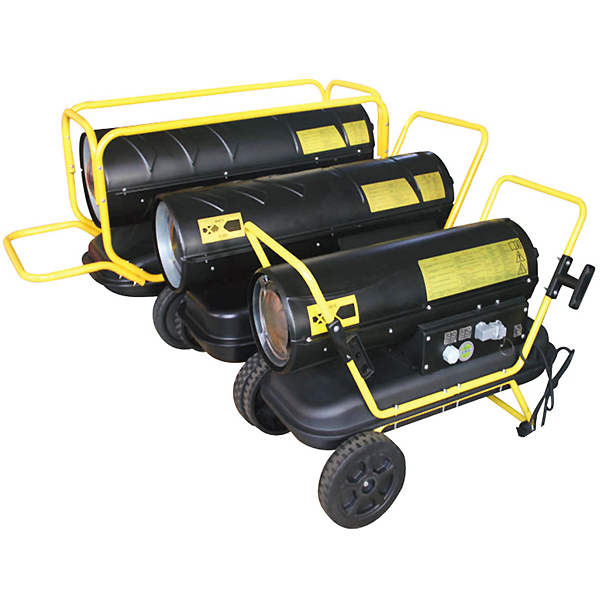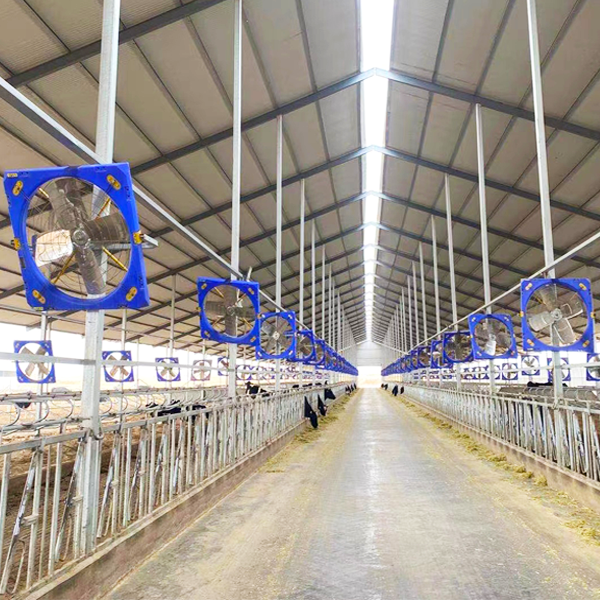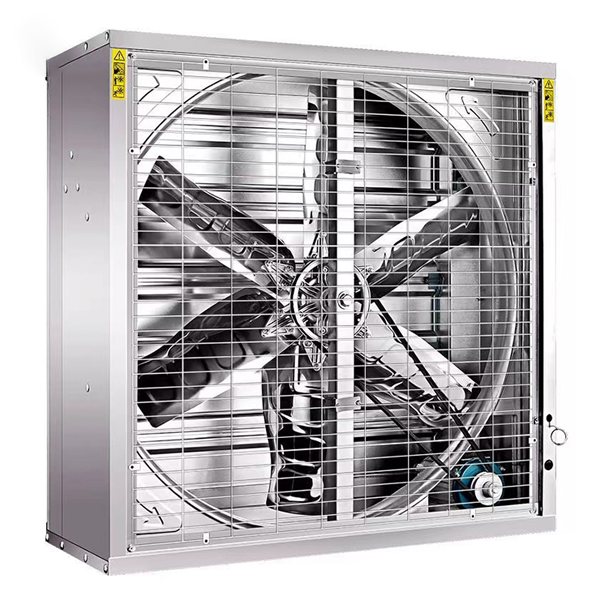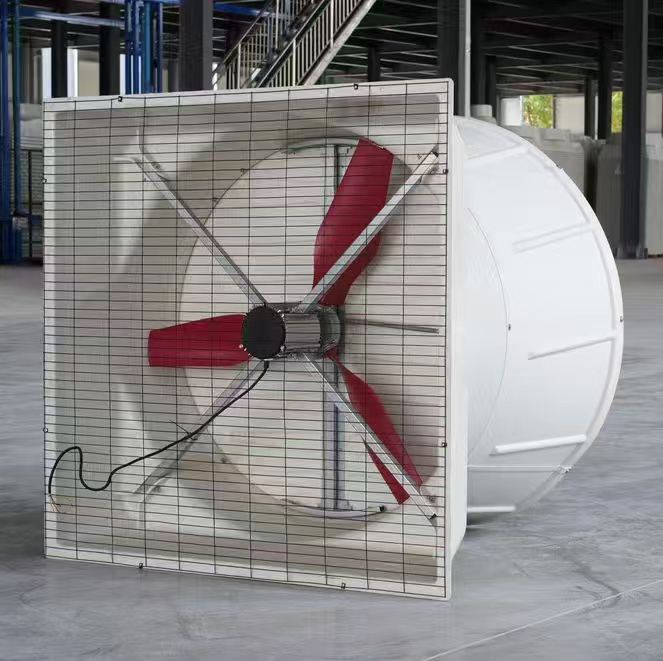turbo fan
Boost is a company that makes super fast airborne engines called power roof turbo ventilator no power exhaust fans. These turbo fans are strong engines that allow planes to fly very quickly up in the sky. The scientific principles underlying turbo fan operation are very cool and essential, and they are transforming the future of flight into a completely different concept. So let's dig in deep and find out how turbo fan tech is improving flying for everyone and making it even more fun!
Turbo fans are a unique type of jet engine. They operate by drawing air from their surrounding atmosphere. Once the air enters the engine, it passes through a component known as a compressor that compresses the air to a high degree. Once compressed, air is mixed with fuel. That mixture is then lit, meaning that it is set ablaze. It is pushing forward very quickly because the burning air creates a hot blast.
How turbo fan technology is changing the game
The thrust of a turbo fan is measured in pounds. Thrust is the force that propels the plane forward through the air. And, the bigger the engine is, and the faster it works, the more thrust it generates. These massive turbo fans are capable of generating over 100,000 pounds of thrust! To give you a better idea of that scale, this is a bit like having 1,000 engines all working in unison to lift one plane high into the atmosphere!
The use of turbo fan technology is one of the major advantages since it consumes far lesser fuel compared to other types of engines. This allows aircraft to go further without utilizing additional fuel, which is a positive impact on our environment. It’s also a money-saver for airlines. Also, turbo fans are built to be quieter than other engines. This is really important for people that live around airports, keeping the area more less noisy.
-
A closer look at turbo fan engines
Turbo fan engines have allowed planes to fly much farther and faster than they previously could. These days people are travelling fast, conveniently and suddenly, the world is becoming smaller. Turbo fans also make air travel safer, having increased engine reliability — they are less prone to breaking down. They also lower maintenance costs, which is welcome news for airlines and passengers. It's incredible to realize that these mighty engines are the culmination of decades of science and engineering.
-
Unpacking the science behind turbo fan propulsion
Turbo fans are vastly regarded in various shapes and sizes. Some turbo fans are tiny enough to fit in a drone, while others are huge enough to propel a massive jumbo jet. This type of turbo fan engine is known as high-bypass engine. So, this particular kind of engine has a big fan on the front which quite literally sucks in tons of air. This big fan, which puts out a lot of thrust, also cools the engine and makes for a relatively quiet ride for both the airplane and the passengers, so it’s a win-win.
-
Tracing the evolution of the turbo fan engine.
Turbo fans themselves are constructed from a range of high-strength and lightweight materials, including titanium and exotic composites. These materials are critical because they enable the engine to produce significant amounts of power but not add excessive mass to the airplane. Creating a turbo fan is engineering work and the process can take at least months. All of them are specifically crafted to work safely and effectively.
Why choose Boost turbo fan?
Related product categories
Not finding what you're looking for?
Contact our consultants for more available products.
Request A Quote Now
Get in touch


Copyright © Qingzhou Boost Temperature Control Equipment Co., Ltd. All Rights Reserved - Privacy Policy
